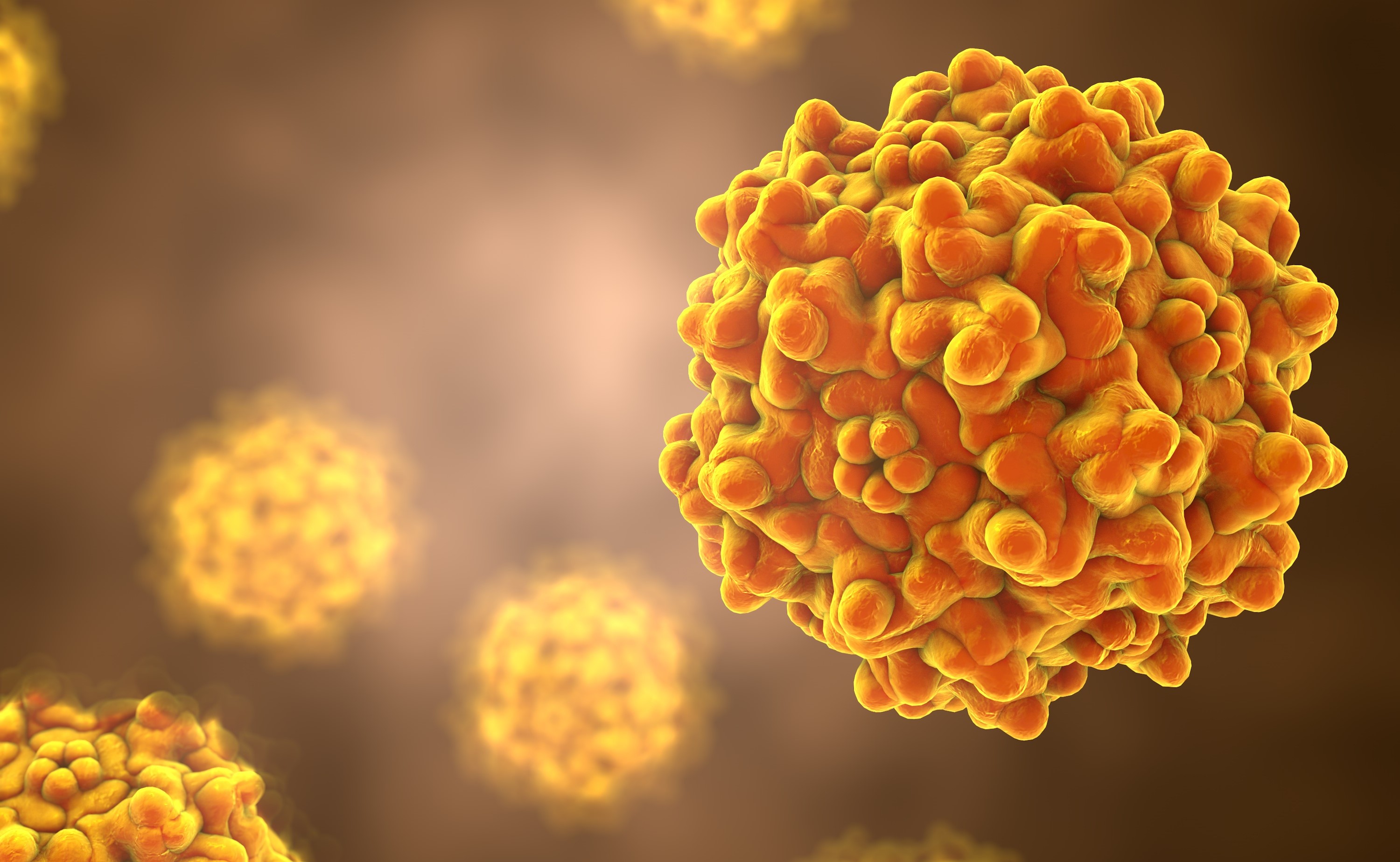近年、世界的に発生している小児の急性肝炎は、遺伝的素因とともに、共通のウイルスが重要な役割を担っていると考えられています。 A common virus, alongside an underlying genetic predisposition, is likely to have played a key role in the recent worldwide outbreak of acute hepatitis in children.
2023-04-03 エディンバラ大学

3D illustration of adeno-associated virus. Credit: Dr_Microbe / Getty images
この研究は、エディンバラ大学の科学者たちが行い、AAV2が原因の肝炎を発症した子供たちのサンプルから見つかったことが初めて明らかになった。また、研究では遺伝子の検査も行われ、この肝炎に罹患した子どもたちの中には、一般的な人種集団と比較して異なる遺伝子を持つ子どもたちがいたことが示された。この研究は、Nature誌に掲載された。
<関連情報>
- https://www.ed.ac.uk/news/2023/insights-into-child-hepatitis-outbreak
- https://www.nature.com/articles/s41586-023-05948-2
非A-E型肝炎の小児におけるアデノ随伴ウイルス2感染について Adeno-associated virus 2 infection in children with non-A-E hepatitis
Antonia Ho,Richard Orton,Rachel Tayler,Patawee Asamaphan,Vanessa Herder,Chris Davis,Lily Tong,Katherine Smollett,Maria Manali,Jay Allan,Konrad Rawlik,Sarah E. McDonald,Elen Vink,Louisa Pollock,Louise Gannon,Clair Evans,Jim McMenamin,Kirsty Roy,Kimberly Marsh,Titus Divala,Matthew T. G. Holden,Michael Lockhart,David Yirrell,Sandra Currie,Maureen O’Leary,David Henderson,Samantha J. Shepherd,Celia Jackson,Rory Gunson,Alasdair MacLean,Neil McInnes,Amanda Bradley-Stewart,Richard Battle,Jill Hollenbach,Paul Henderson,Miranda Odam,Primrose Chikowore,Wilna Oosthuyzen,Meera Chand,Melissa Shea Hamilton,Diego Estrada-Rivadeneyra,Michael Levin,Nikos Avramidis,Erola Pairo-Castineira,Veronique Vitart,Craig Wilkie,DIAMONDS consortium,ISARIC4C investigators,Massimo Palmarini,Surajit Ray,David L. Robertson,Ana da Silva Filipe,Brian J. Willett,Judith Breuer,Malcolm G. Semple,David Turner,J. Kenneth Baillie & Emma C. Thomson
Nature Published:30 March 2023
DOI:https://doi.org/10.1038/s41586-023-05948-2
Abstract
An outbreak of acute hepatitis of unknown aetiology in children was reported in Scotland in April 20221 and has now been identified in 35 countries2. Several recent studies have suggested an association with human adenovirus (HAdV), a virus not commonly associated with hepatitis. Here we report a detailed case-control investigation and find an association between adeno-associated virus (AAV2) infection and host genetics in disease susceptibility. Using next-generation sequencing (NGS), reverse transcription-polymerase chain reaction (RT-PCR), serology and in situ hybridisation (ISH), we detected recent infection with AAV2 in the plasma and liver samples of 26/32 (81%) hepatitis cases versus 5/74 (7%) of controls. Further, AAV2 was detected within ballooned hepatocytes alongside a prominent T cell infiltrate in liver biopsies. In keeping with a CD4+ T-cell-mediated immune pathology, the Human Leucocyte Antigen (HLA) class II DRB1*04:01 allele was identified in 25/27 cases (93%), compared with a background frequency of 10/64 (16%; p=5.49 x 10-12). In summary, we report an outbreak of acute paediatric hepatitis associated with AAV2 infection (most likely acquired as a coinfection with HAdV which is required as a “helper virus” to support AAV2 replication) and HLA class II-related disease susceptibility.


